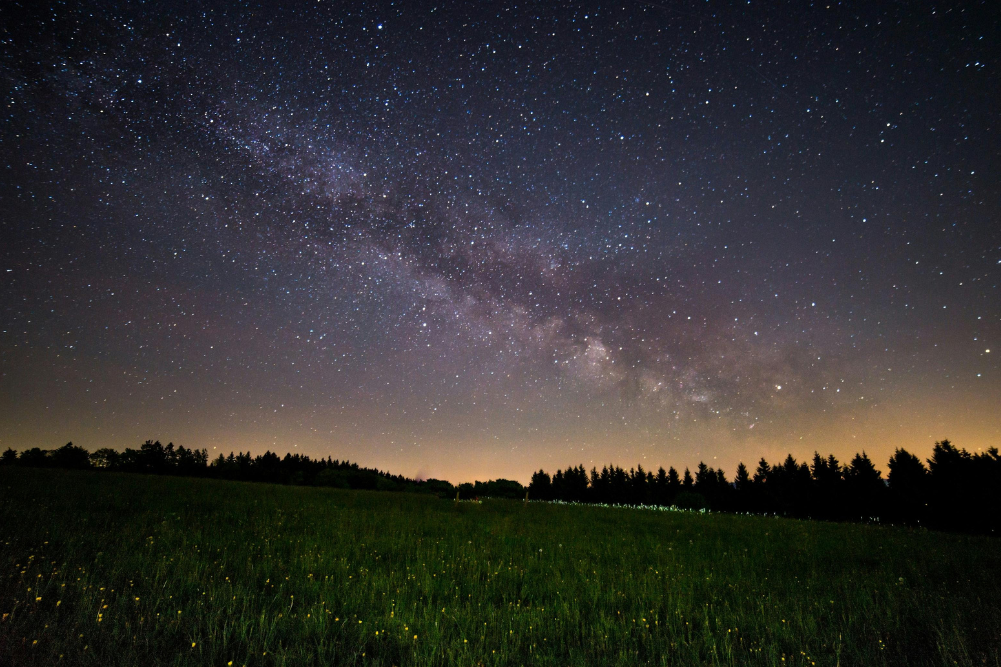On thin ice
Patagonia is a region at the southern end of South America that is shared by Argentina and Chile. It is famous for dramatic landscapes and includes the southern end of the Andes mountain range. The high rainfall against the Andes and the low sea surface temperatures offshore give rise to cold and humid air masses, causing ice-fields and glaciers, the largest ice-fields in the Southern hemisphere outside of Antarctica. Now however, according to new research, those icefields are disappearing at a rapid rate.
To map what has been happening in the Southern Patagonian icefield researchers used data collected by two different satellite missions. Using images taken by NASA’s Advanced Spaceborn Thermal Emission and Reflection Radiometer (ASTER) and data from the Shuttle Radar Topography Mission, the researchers were able to map how the Southern icefield changed between 2000 and 2012.
On average the glaciers have been found to be thinning at the rate of 1.8 metres per year. That is enough to cover the entire United States in 2.7 centimetres of water. It equates to a rise in sea levels of 0.067mm per year, as compared to a rise rate of 0.042mm per year between 1970 and 2000. The rate of glacial retreat is increasing but what is the cause?
The researchers say that warmer air temperatures contribute to thinning at the highest and coldest regions of the icefield. Additionally, warmer temperatures mean that rain, rather than snow, is more likely to fall on the glaciers. More rain means more water under the glaciers which means less friction making them start to move faster as they thin. Increasing lake levels at the front of the glaciers may also be eating away at the ice fields.
However you slice it, warmer temperatures are impacting the glaciers and that is having worldwide flow on effects. We can spend time denying that human activity is contributing to that warming, or we could assume that humans are at least part of it and start making changes to reduce our role. The latter route means a new and better way of living regardless of the motivations for making the changes. The former maintains the status quo but at what potential cost? Surely, it’s not really that difficult a decision to make?







